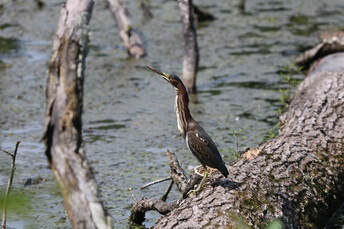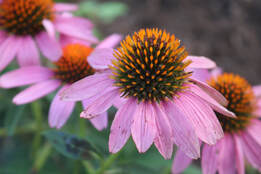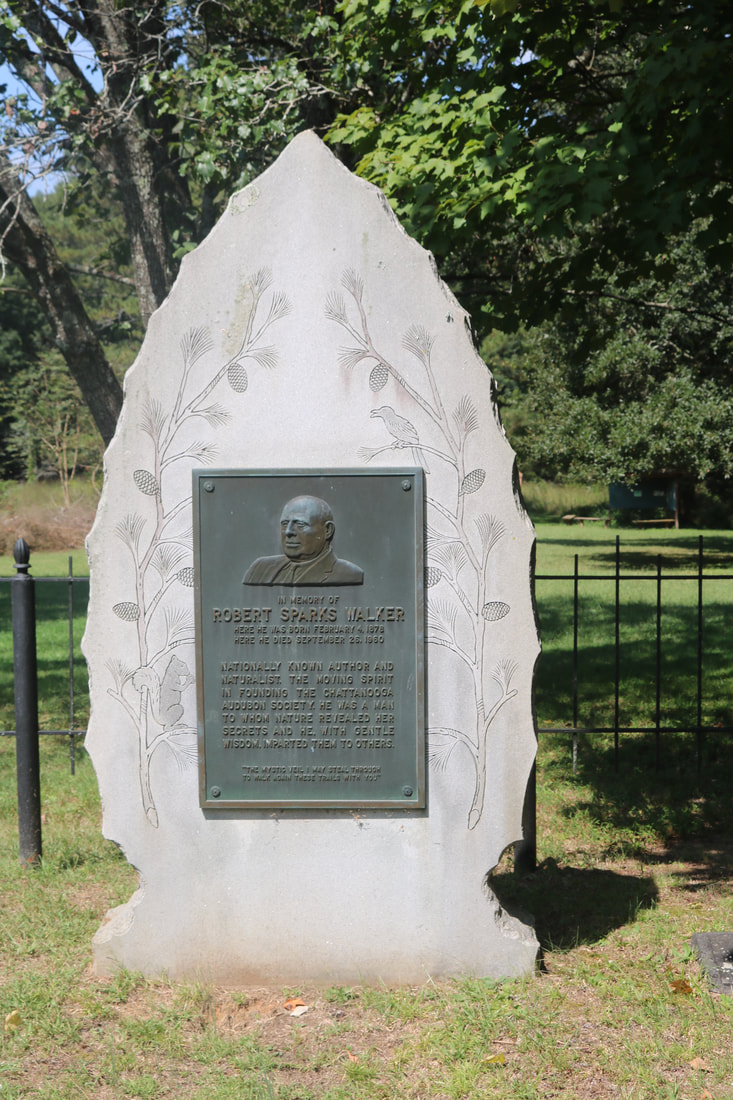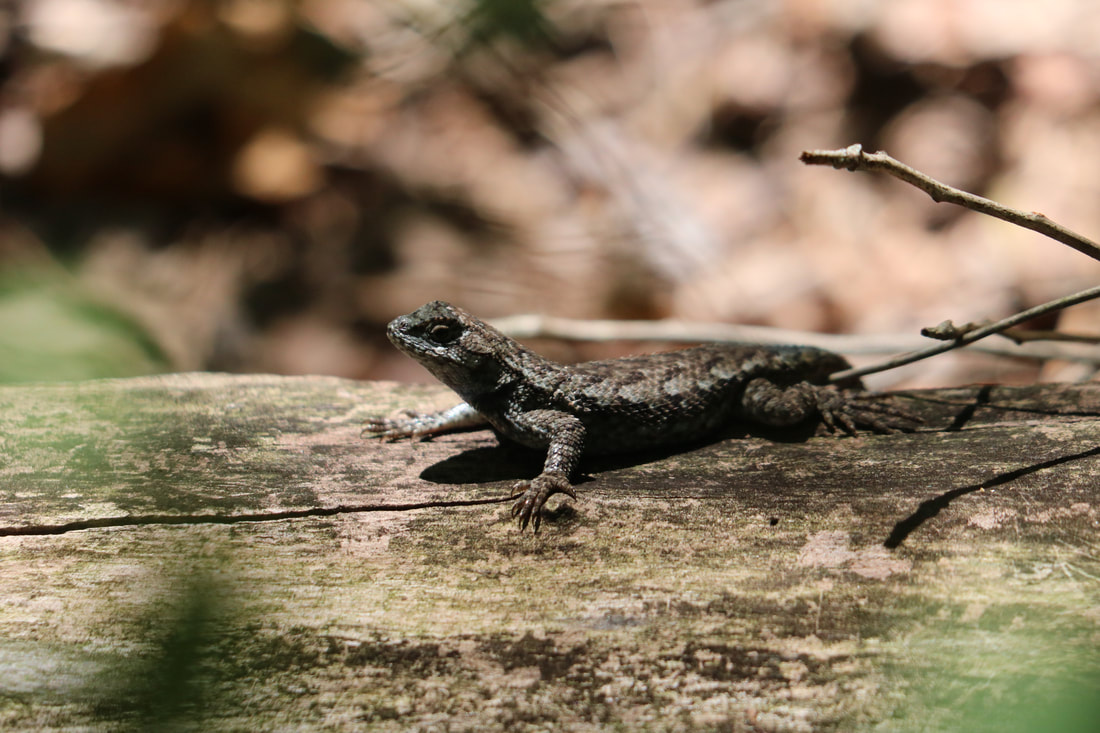My web page with links to published articles appears here. https://rayzimmermanauthor.com
Nightwalk a journey into the heart of nature is journey through the night of the Summer Solstice, the shortest night of the year. Nightwalk: A Journey to the Heart of Nature by Chris Yates | Goodreads
The Nocturnal Naturalist: Exploring the Outdoors at Night is an exploration of the world of night through the year. https://www.goodreads.com/book/show/486845.The_Nocturnal_Naturalist
Brad Daniel and Clifford Knapp wrote this article on how to conduct a night walk. Nighttime Adventures - Green Schools National Network
The Barred Owl Film from White Memorial Conservation Center. The Barred Owl - YouTube.
Barred Owl Fact Sheet from the National Audubon Society. 10 Fun Facts About the Barred Owl | Audubon.
All about birds from the Cornell Laboratory of Ornithology is a good starting place to find bird information. This is their page about screech owls: Eastern Screech-Owl Identification, All About Birds, Cornell Lab of Ornithology:
Great Horned Owl, Audubon fact sheet: Audubon Field Guide Great Horned Owl | Audubon Field Guide.
Barn Owl: Barn Owl Overview, All About Birds, Cornell Lab of Ornithology.
Bats of Tennessee Mammals Bats | State of Tennessee, Wildlife Resources Agency (tn.gov).
Gray Bats Gray Bats | This American Land - YouTube.
Nickajack Cave Nickajack Cave Wildlife Refuge | Tennessee River Valley (tennesseerivervalleygeotourism.org)
Fact sheet on white-nose syndrome What Is White-nose Syndrome? (U.S. National Park Service) (nps.gov).
Bioluminescence: National Geographic https://education.nationalgeographic.org/resource/bioluminescence.
Fungi that Glow A Thousand Points of Light: Bioluminescent Fungi | NSF - National Science Foundation.
Dinoflagellates https://sos.noaa.gov/education/phenomenon-based-learning/the-ocean-is-glowing/.
Comb Jellies: Glowing Ctenophores https://www.youtube.com/shorts/9VpykGuaruA.
Attracting Moths https://www.youtube.com/watch?v=N52rkVpyPX8.
Katydids: Katydids - The Daily Garden https://www.thedailygarden.us/garden-word-of-the-day/katydids.
Tennessee Frogs – go to the page and click on the individual photo for a species account. https://www.tn.gov/twra/wildlife/amphibians/frogs-and-toads.html.
Identify frogs and toads by their calls on the LEAPS website.
List of Crepuscular Animals Crepuscular animals (animalia.bio) Bats are nocturnal, but bat observers tend to watch at dusk https://animalia.bio/elastic-search?search=Crepuscular.
Chimney Swifts are diurnal but go to roost in large numbers at dusk: Chattanooga Chapter, Tennessee Ornithological Society. http://chattanoogatos.org/chimney-swift-advocacy/.
Star Myths of the Greeks and Romans: a Sourcebook.
https://www.goodreads.com/book/show/1274222.Star_Myths_of_the_Greeks_and_Romans
They Dance in the Sky: Native American Star Myths
https://www.goodreads.com/book/show/1492526.They_Dance_in_the_Sky.




 RSS Feed
RSS Feed